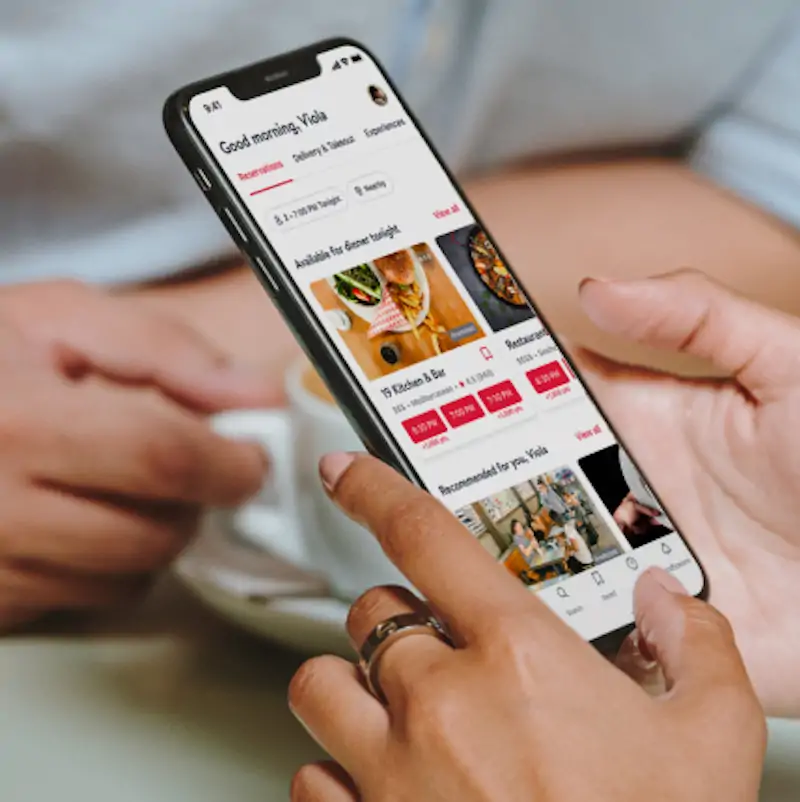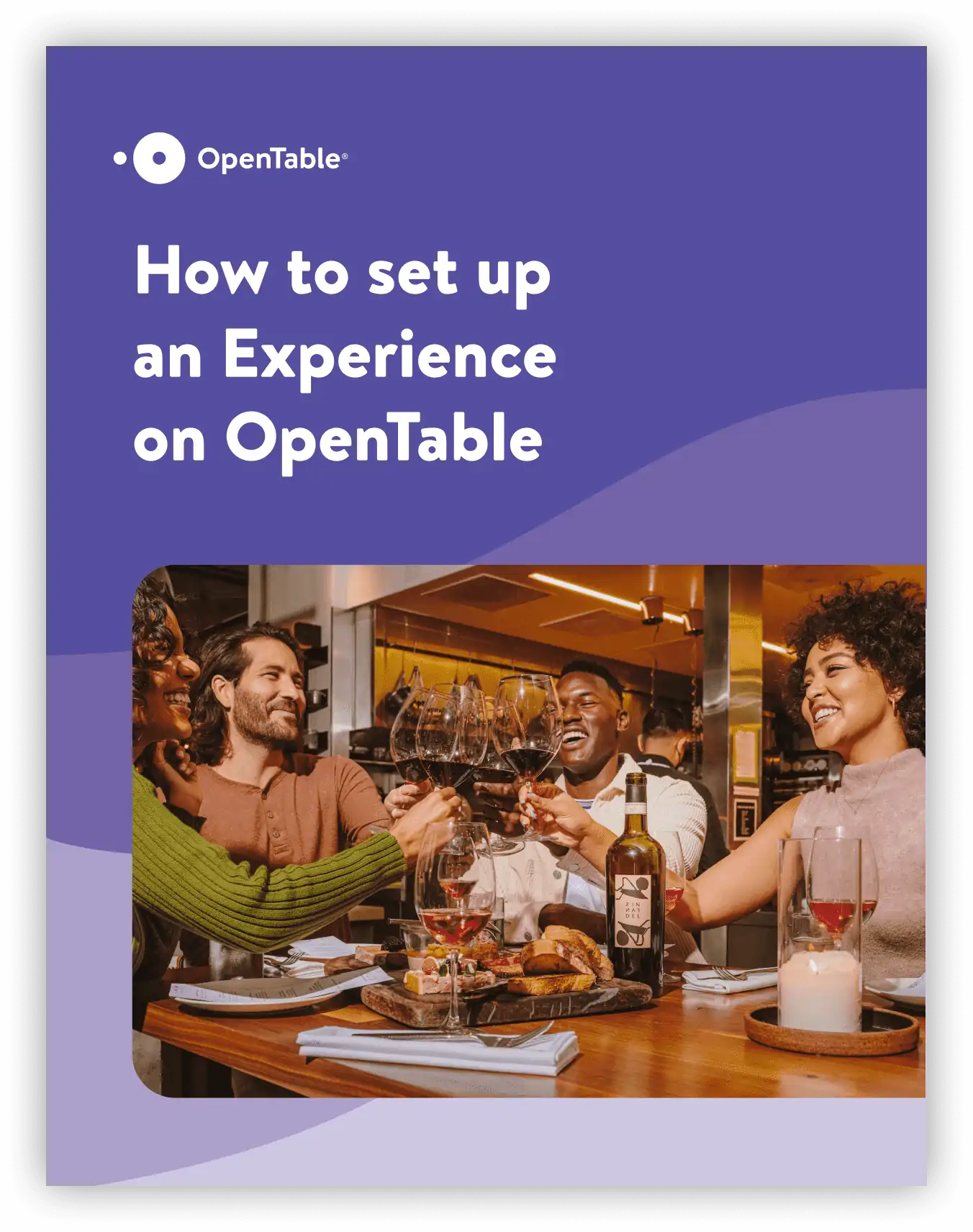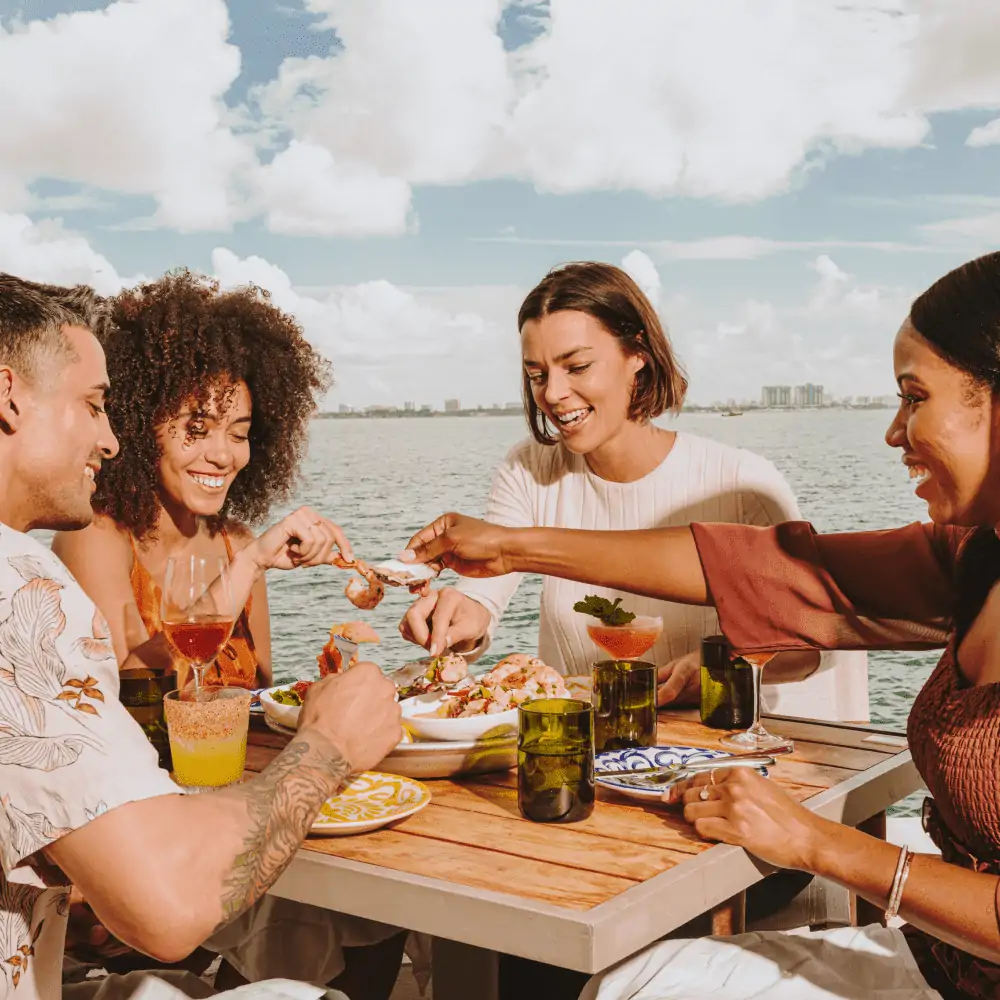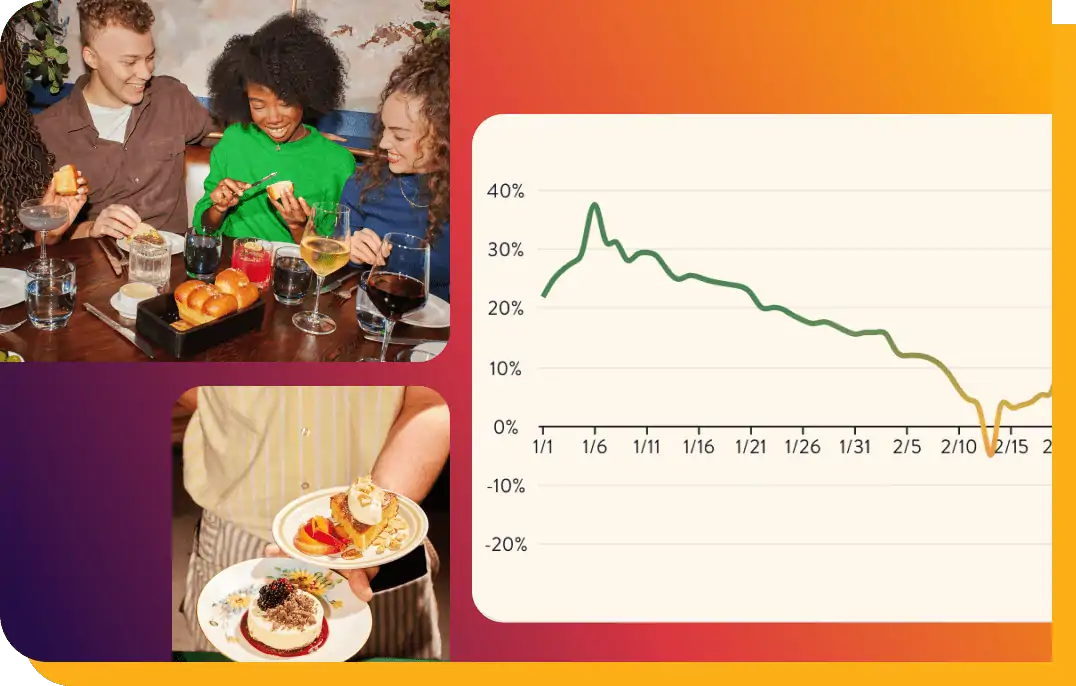Over the past few years, the way in which diners interact with restaurants has changed drastically. As the restaurant industry continues to adapt to new expectations, analyzing new information is critically important.
Restaurants can use data to identify significant patterns and trends that can shape your business. OpenTable dug into the data to understand how diners book restaurants today compared to pre-pandemic. People simply don’t search for restaurants and book tables the way they used to. This intel provides facts, context, and valuable understanding about how diners book in an ever-changing situation.
Here are the latest numbers and insights from OpenTable data. These are key findings to stay aware of as you make decisions going forward.
The decline of walk-ins
Walk-ins have declined markedly because of the pandemic. When many restaurants started to cautiously reopen, walk-ins dropped by more than 6%. People called for reservations over the phone or booked online reservations instead of stopping by to check the availability of tables.
Around this time, some restaurants were, in fact, requiring reservations for all seatings, contributing to the trend of declining walk-ins. These circumstances set the stage for what was to come — new habits took hold among diners, with walk-ins continuing to drop, losing an additional 3% share of bookings.
Interestingly, phone bookings have dropped as well. The diners who used to be walk-ins seemed to have changed their tendencies. This group was now primarily booking their tables online. All of this points to a future in which online restaurant reservations are more important than they’ve ever been.
Even when they’re already out and undecided about where to have a meal, they’ll whip out their phones to search for available tables “near me” rather than pop into a restaurant and ask a host for a table. They’re booking through online channels and reservation systems primarily.
The evolution of booking trends
When diners returned to restaurants, the majority of these formerly walk-in diners turned to websites and booked through the OpenTable widget to reserve their table. While walk-ins have continued to decline, by mid-2021 these bookings have shifted to other online channels like OpenTable.
How diners are choosing restaurants has changed with a shift to other online channels like OpenTable. In June 2021, online bookings were 42% higher than they were in June of 2019. This is at least partially because online restaurant reservations are the new norm for dining.
The rise of regulars
A major bright spot in the data is an increasing number of repeat diners. In 2019, 7.6% of diners were likely to make another reservation at any given restaurant. Diners who booked through OpenTable were almost twice as likely to become repeat guests compared to people who booked through search engines or a restaurant website reservation form.
In current years, diners seem to be finding “their” restaurant and becoming regulars. This could have something to do with trust and comfort—it’s human nature to return to places that feel secure..
As bookings continue to rise, communication with guests has become more important than ever. For this reason, OpenTable provides the tools to help communicate safety protocols, set guest expectations in advance, and update any safety precautions on your profile. Their reasons for making repeat visits will likely come into focus during the months ahead. But so far, in 2021, the data shows that repeat dining frequency within a month has increased by 28%: As in the past, diners who book through OpenTable are even more likely to become regulars.
Guests want to digitally communicate their needs around reservations
Luckily Direct Messaging makes it easier than ever for restaurants and diners to communicate. Restaurants can send messages to confirm an upcoming reservation, talk through dietary requirements, arrange special occasion details, and answer any questions.




